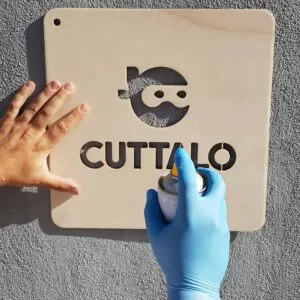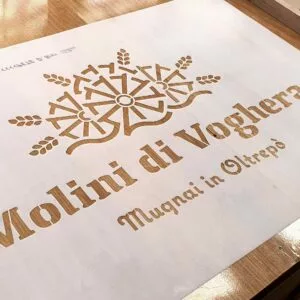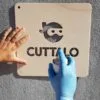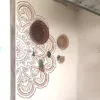Tips for creating a STENCIL project
Designing a stencil means creating a project for one or more masks that can be used to reproduce a graphic or text with spray, pad, or roller.
Stencils can be made on various supports (walls, paper, canvas, wood, asphalt, cardboard, and much more) and in different materials (PET, plexiglass, wood, metal, adhesive PVC, cardboard).
Designing a Stencil in Vectors or Image
You can create a stencil from a vector project in *.ai, *.dxf, *.dwg, or *.svg format using vector software such as Illustrator, InkScape, Corel Draw, AutoCAD, Archicad, and many others. You can also create a stencil with single-color raster images at good resolution (300 dpi) by creating *.jpg, *.bmp, or *.tiff files using software like Photoshop and many others. If you don’t have the right tools, or you don’t know how to do it, we can do it for you! Configure your stencil from this link or request assistance in the chat!
STENCIL PROJECT
Creating a stencil typically requires some adjustments to achieve a high-quality result. This guide is useful for creating stencils from vector files and/or raster images.
To create a good project, consider the following factors:
A – Drop-out of Internal Parts
B – Stencil Stability
C – Minimum Part Sizes
D – Choice of Material
E – Frame and Edge of the Mask
F – Large-scale Projects
G – Stencils with Text and Letters
Whether you are creating your project in vectors or raster images, it is important to ensure that the parts are large enough not to get damaged during the first application.
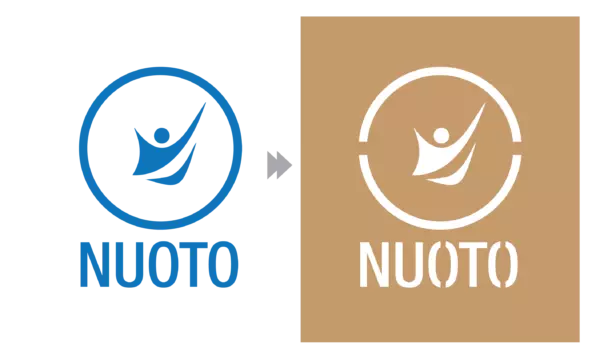
A – DROP-OUT OF INTERNAL PARTS
To create a stencil, it is necessary to design a negative mask of the image you want to achieve. It is evident that some “internal parts” require “bridges” or “connectors” to attach them to the rest of the mask, making it a single piece. The minimum recommended size for these bridges is at least 2 mm.
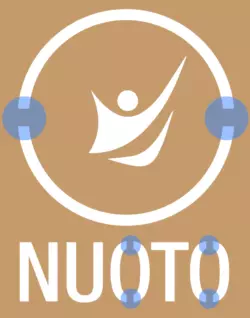
Creation of Bridges or Connectors
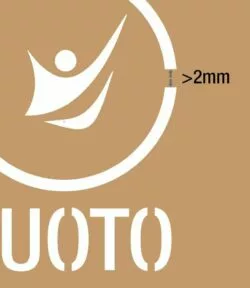
B – STENCIL STABILITY
The stability of your stencil will depend on the material you choose for its creation, but more importantly, on how you design your project. Try to ensure continuity in the parts and create as many connectors as possible to ensure a stencil that adheres well to the surface.
Ensure that there are AT LEAST 2 opposite anchor points, preferably 3.
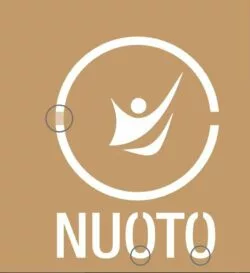
C – MINIMUM PART SIZES
When designing your stencil, remember that it will be a tangible object. Identify and check the parts that appear smaller to the naked eye. Try not to create details smaller than a few millimeters and, in general, avoid texts and graphics smaller than 1 cm in height.

Checking the Thinner Parts
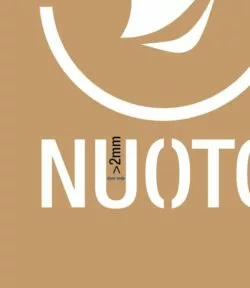
D – CHOICE OF MATERIAL
Fundamentally, the choice of material for creating the stencil depends on the technique you will use (pad, roller, or spray) and the durability you want for the product.
– If you need just a few sprays, we recommend Bristol board.
– For creating writings and tags on walls, boxes, furniture, and many other flat surfaces, you can use wood, polypropylene, or plexiglass. The different durability characteristics of these materials are obvious.
– For spray application, you can use any available material. If you want to apply the paint with a pad, you need to use materials with very thin thicknesses, so you can opt for cardboard or polypropylene.
– If you want to create a multi-layer photographic stencil, we recommend Bristol board.
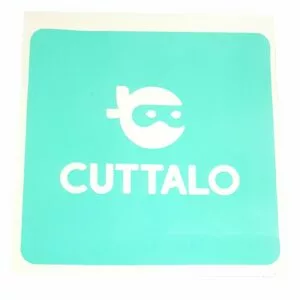
PET
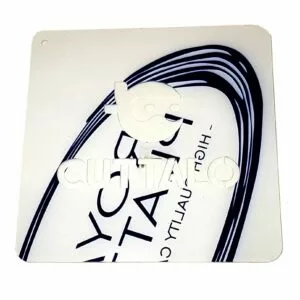
PLEXIGLAS
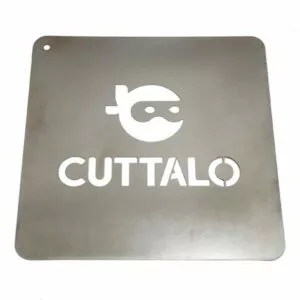
METAL
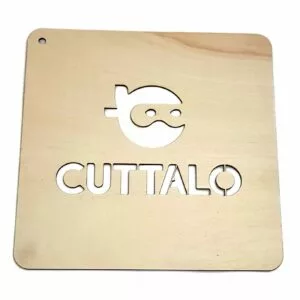
WOOD

ADHESIVE PVC
Do you want to make YOUR OWN personalized STENCIL?
E – Frame and Edge of the Mask
For easy and accurate execution of the stencil, we recommend creating frames that allow for wide safety margins to avoid staining areas outside the intended design.
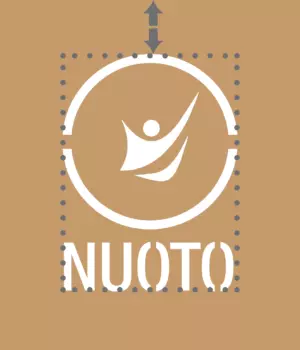
Safety Frame
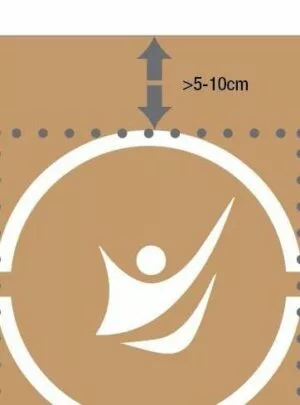
F – Large-scale Projects
It is possible to create stencils of any size by joining multiple parts. This division is often necessary to make the production of the final product more manageable, as otherwise, it would be cumbersome to handle.
G – Stencils with Text and Letters
You can create stencils with any text you desire. To do it correctly, it’s necessary to choose a pre-adapted font or make small adjustments. You need to create “bridges” and check some minimum dimensional characteristics.
However, to simplify your task, we recommend using stencil fonts like these
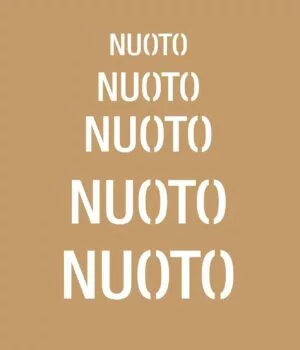
Stencil TEXT
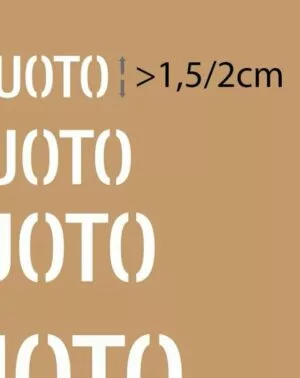
ABOUT STENCIL, YOU MAY BE INTERESTED IN THESE ARTICLES…
